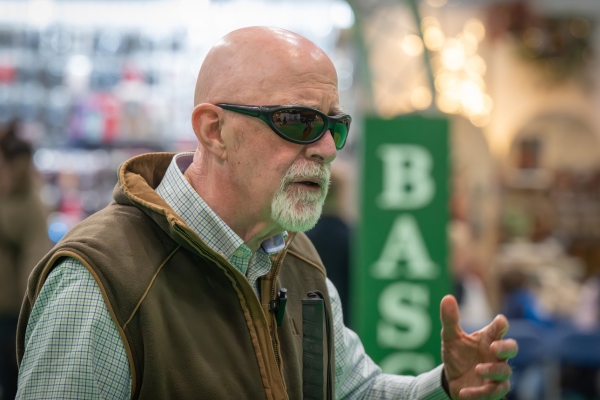
Crufts 2025 – the best of dogs and people
Brian Little’s visit to Crufts this year was his first since losing his sight. But with his wife as his guide, he experienced the event in a new and enriching way.
Get information on the legal shooting season for mammals and birds in the UK.
Apply for funding for your project or make a donation today
Comprehensive information and advice from our specialist firearms team.
Everything you need to know about shotgun, rifle and airgun ammunition.
Find our up-to-date information, advice and links to government resources.
Everything you need to know on firearms law and licensing.
All the latest news and advice on general licences and how they affect you.
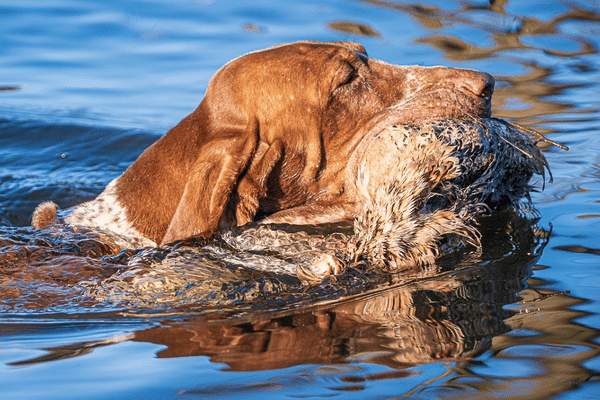
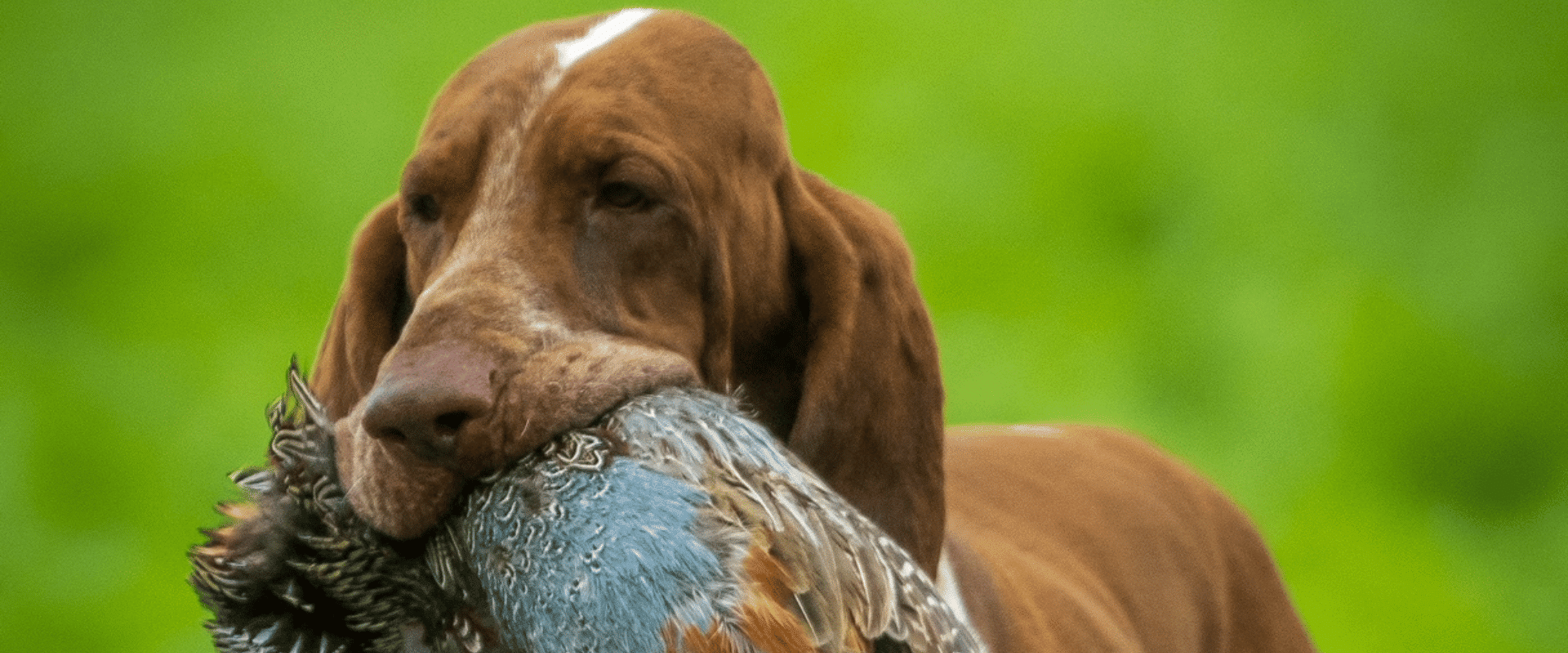
This article was written by freelance writer Martin Puddifer, who was editor of the Shooting Gazette from 2017-2021.
Dogs make for fascinating viewing on shoot days. Whether dutifully going about their business in the beating line, putting in the hard, bramble-covered yards when picking-up, or even when sat next to their owner’s peg, poised, ready to be called, but knowing they have to wait, time watching dogs is never wasted.
During my time at Shooting Gazette, I was fortunate enough to encounter some fantastic dog work on various game shoots the length and breadth of the British Isles. Our editorial team went all over the place, from farm shoots where the whole party enjoyed a pack-up in a cattle shed to the sprawling commercial operations where helicopter landing pads sat opposite grand country houses.
Take away the surroundings, the bag and the shiny 4x4s, however, and one thing remained constant between those two ends of the game shooting spectrum: the quality of the dog work. Regardless of whether they knew we were coming or not, the dogs and their handlers were always spot on. Always.
Now, you might be thinking that the only gundogs our team paid any attention to were the biddable labradors that sat patiently by their peg or a little further back with a picker-up before retrieving a specific bird from a specific place and delivering it straight to hand, or the energetic spaniels bounding through cover crops or heather, flushing game with ease.
But you’d be wrong. While labradors and spaniels were everywhere, there were also regular sightings of terriers, collies and even a basset hound amongst a host of other “non-traditional gundogs” within the party. And not just for show, either.
Of course, their unexpected presence raised many a curious eyebrow and, sadly, the odd sarcastic or misinformed comment, but these were usually sleeved when it becomes apparent just how effective these breeds were in particular situations.
These “non-traditional gundogs” were no better than their “more established” brethren, they could merely perform various tasks equally as well. This was no surprise to their handlers, who didn’t put them into any situation they weren’t used to just because a photographer and journalist were looking on each time their dog needed to be cast off.
While imposing HPR breeds are more commonly found on grouse moors, ground where they work so effectively at great distances from their handler, the likes of the Bracco Italianos are no strangers to the beating or picking-up line on lowland driven shoots.
While they can be vocal during quieter periods in a drive, their game-finding abilities (particularly in difficult and rough terrain), strength and all-day athleticism mark them out as a huge asset, as Michelle Ansell from the Bracco Italiano Club UK knows all too well.
“Braccos have an excellent nose, probably better than some of the other HPRs,” she says. “It can get them into trouble sometimes, but that’s where obedience training is so important. Braccos are versatile and can be extremely obedient when there are no distractions, or when game is sparse. While they can be stubborn, they are also very eager to please, just like labradors.”
As Michelle warns, dogs with these attributes, coupled with a symbiotic relationship with their handler, don’t just appear from a box.
“Patience is huge with Braccos because they take a long time to mature,” says Michelle. “Whilst the dog might be ready for the field around two years of age, in my experience it takes an extra year before you can get really good work from them.
“Resilience is equally important because they can be difficult to train because of their stubbornness. You could take a GSP or a labrador out and drill them on retrieving, whereas Braccos can get bored with repetition.
“So with Bracco training, a little often, being firm but fair, and not being afraid to go back to basics or challenge the dogs is the best way forward. Even though they are sensitive they can be brilliant retrievers, especially in difficult circumstances, if given the confidence and the right foundations.”
Another breed which sometimes has difficulty getting the recognition it deserves amongst more renowned relatives is the Clumber spaniel, the oldest spaniel breed in the UK.
While often overlooked in favour of springers and cockers, Nathan Hawkins, who has been handling Clumbers for almost a decade, working them in the beating line on driven shoots as well as on rough shoots in the South West of England, is adamant that they have so much to offer on shoot day, especially because of their “fantastic noses”.
“I’ve been running spaniels for 20 years and my oldest Clumber has put up more woodcock in one season than all of my other dogs combined. She will hunt the tightest and thickest bramble you will find. They’re never going to be as fast as a springer or cocker, but they aren’t slow either, giving them more time with retrievers – I’m surprised more gamekeepers don’t have them on that basis alone.
“Clumbers can work at a high, consistent level in the beating line throughout the day and there is less risk of them burning out after a couple of drives.”
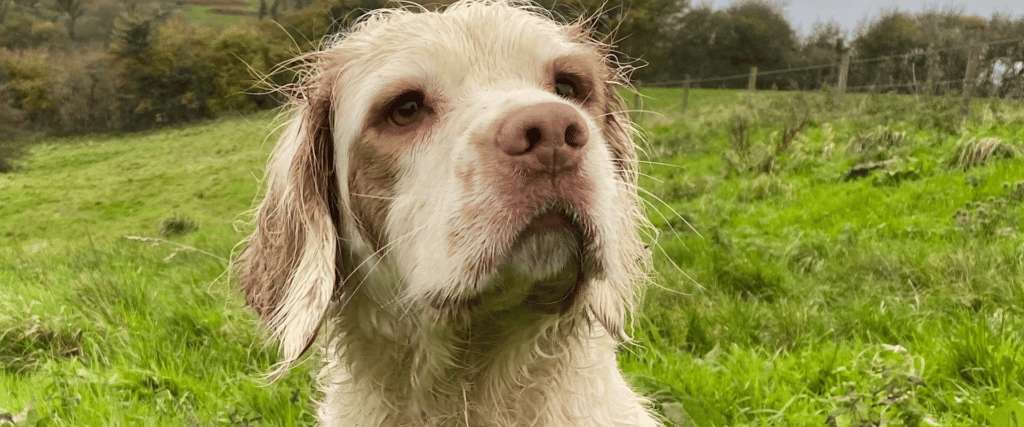
James Reavil, a gundog trainer who runs HPRs (as well as retrievers and spaniels), is well-placed to champion their working qualities in and amongst more popular breeds.
“There is something special about working a dog into the wind, coming up on point and just being able to find game,” he says. “HPRs are designed to find that one bird in the field when game is sparse and they will find it for you.”
James, like Michelle, suggests that HPRs are slow to mature, coming into their own between the ages of two and four, one that can work well in the beating line as well as picking-up, especially in water. James, whose partner runs vizslas on a commercial shoot near home, bemoans the fact that HPRs are seen by some as the “lesser man’s shooting dog”.
While he acknowledges that patience is required during their training, which takes longer than other breeds because they need to be able to perform three jobs, he points to their exceptional work ethic that means they can “do the same amount of work as a dozen labs or spaniels.
“They’re not a dog that wants to be next to you, they want to be hunting.”


Brian Little’s visit to Crufts this year was his first since losing his sight. But with his wife as his guide, he experienced the event in a new and enriching way.

Following the loss of his sight, Brian Little describes how he regained his love of life through being out in the countryside with his shooting friends.
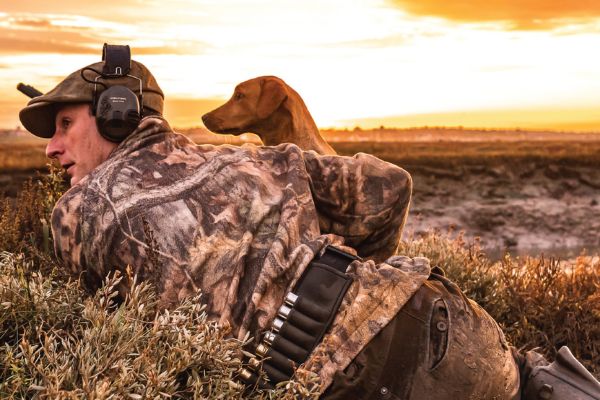
Does a perfect wildfowling dog exist? Eric Begbie looks closer at the qualities needed for a dog to be more than just good company.
Sign up to our weekly newsletter and get all the latest updates straight to your inbox.
© 2025 British Association for Shooting and Conservation. Registered Office: Marford Mill, Rossett, Wrexham, LL12 0HL – Registered Society No: 28488R. BASC is a trading name of the British Association for Shooting and Conservation Limited which is authorised and regulated by the Financial Conduct Authority (FCA) under firm reference number 311937.
BASC Direct Ltd is an Introducer Appointed Representative of Agria Pet Insurance Ltd who administer the insurance and is authorised and regulated by the Financial Conduct Authority, Financial Services Register Number 496160. Agria Pet Insurance is registered and incorporated in England and Wales with registered number 04258783. Registered office: First Floor, Blue Leanie, Walton Street, Aylesbury, Buckinghamshire, HP21 7QW. Agria insurance policies are underwritten by Agria Försäkring.
If you have any questions or complaints about your BASC membership insurance cover, please email us. More information about resolving complaints can be found on the FCA website or on the EU ODR platform.